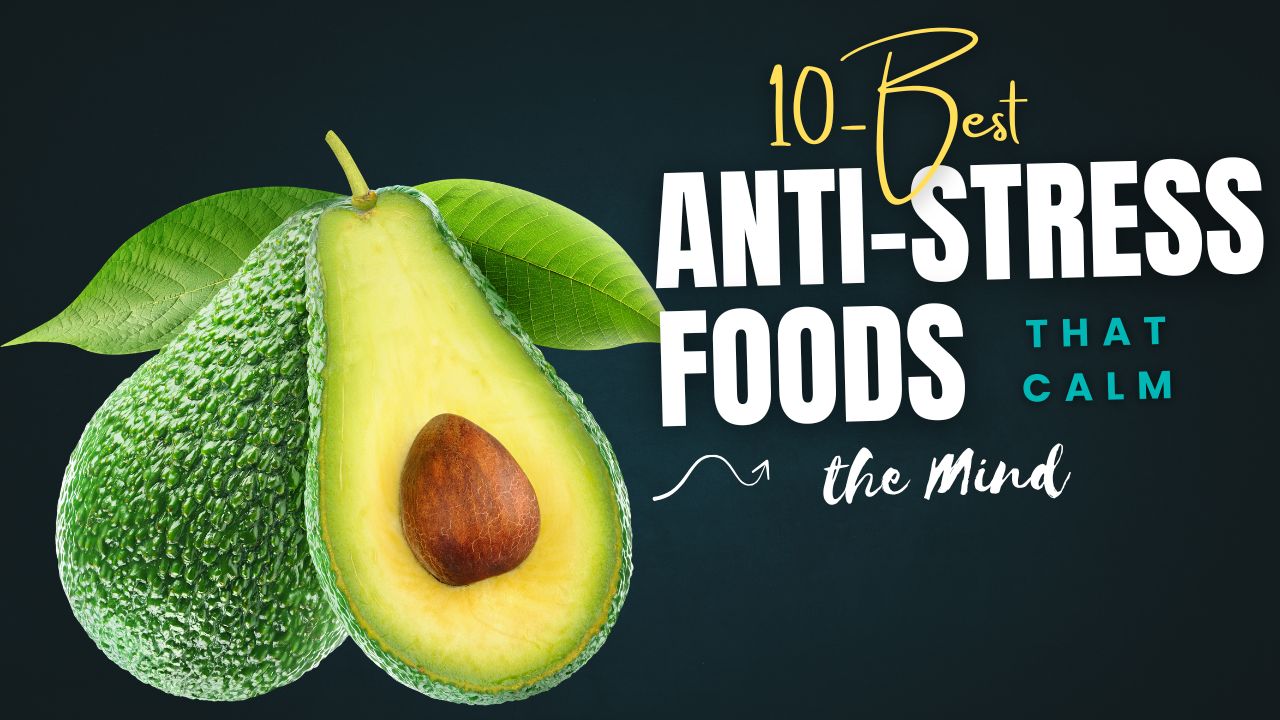Do you know? A weak grip could be the hidden reason why your deadlifts plateau, your pull-ups suffer, and your biceps never reach their full size. The truth is, your forearms play a much bigger role in your upper body strength and aesthetics than you might think.
Forget the myth that forearms don’t need direct training. The strongest athletes—powerlifters, climbers, bodybuilders—train their forearms with intention. Why? Because forearm strength equals grip strength, and grip strength unlocks performance in nearly every pulling movement.
This guide isn’t just about building Popeye-like arms. It’s about unlocking true functional power, enhancing your workouts, and forging a grip that won’t quit. Here are 10 effective forearm exercises using gym gear, each with a clear how-to, benefits, and quick training tips.
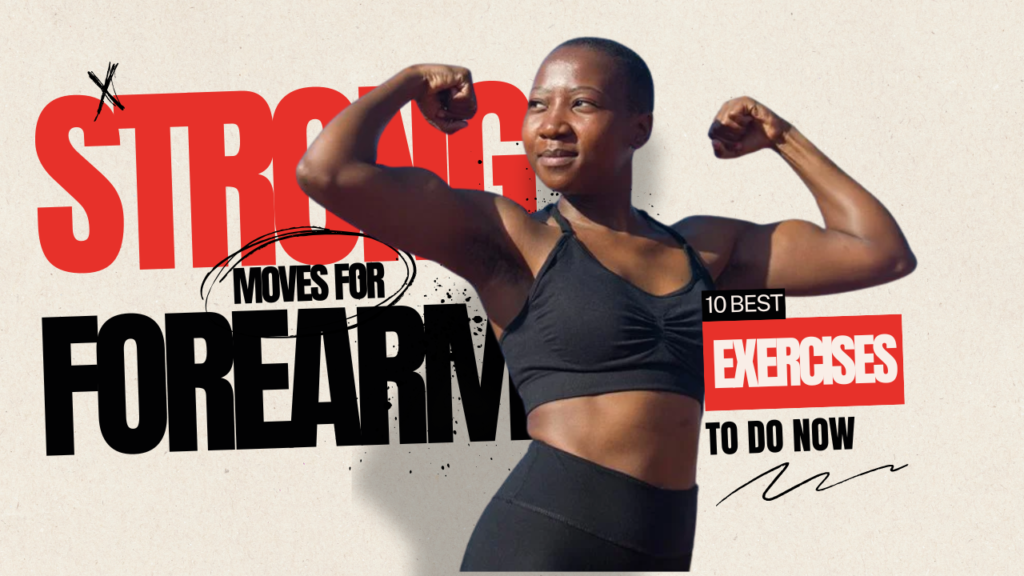
Table of Contents
Results You Can Expect After 30 Days of Forearm Exercises
| Positive Changes | Things to Watch Out For |
|---|---|
| Noticeable improvement in grip strength. | Muscle soreness and tightness if recovery is ignored. |
| Increased vascularity and muscle tone in forearms. | Risk of overtraining if done too frequently. |
| Better control and endurance in lifting and daily tasks. | Possible wrist or elbow discomfort from poor form. |
| Stronger performance in pull-ups, rows, and deadlifts. | Imbalanced development if flexors/extensors aren’t both trained. |
| Boost in overall arm aesthetics (fuller look). | Plateaus if you don’t increase intensity or change up the routine. |
| Improved confidence and motivation to keep training. | Neglecting rest can lead to tendon strain or fatigue. |
Forearm Training: Do’s & Don’ts
| Do’s | Don’ts |
|---|---|
| Train forearms 2–3 times per week consistently. | Don’t train forearms every day without rest. |
| Focus on controlled, full-range movements. | Don’t use momentum or swing the weights. |
| Include both flexor and extensor exercises. | Don’t only train the inside (flexors) of your forearms. |
| Use gym gear like barbells, dumbbells, cables, and rollers for variety. | Don’t rely solely on compound lifts for forearm growth. |
| Gradually increase weight or time under tension. | Don’t jump to heavy weights without building a base. |
| Combine strength (heavy holds) and endurance (high-rep sets). | Don’t ignore grip fatigue—rest if your hands shake uncontrollably. |
| Warm up wrists and stretch forearms post-workout. | Don’t skip mobility work—tight muscles limit gains. |
| Track progress in strength and size every few weeks. | Don’t expect massive results in just a week. |
1. Barbell Wrist Curls
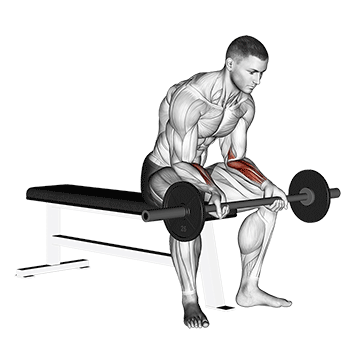
Primary Muscles: Wrist flexors
How to:
- Sit on a bench, rest your forearms on your thighs with your palms facing up.
- Hold a barbell with an underhand grip.
- Curl only your wrists upward, then slowly lower the weight.
Why it works: Targets the inner forearm muscles responsible for gripping and curling motions.
Training Tip: Start light—form matters more than weight here.
2. Reverse Barbell Wrist Curls

Primary Muscles: Wrist extensors
How to:
- Use the same seated position as wrist curls.
- This time, hold the barbell with an overhand grip (palms down).
- Extend your wrists upward and lower slowly.
Interesting Fact: Training wrist extensors balances forearm development and reduces the risk of elbow pain (common in lifters).
3. Hammer Curls (Using Dumbbells)

Primary Muscles: Brachioradialis, forearm extensors
How to:
- Stand tall, dumbbells at your sides, thumbs pointing forward.
- Curl the weights while keeping your wrists neutral (like holding a hammer).
- Squeeze at the top, then lower slowly.
Why it works: A powerful combo move that hits the upper forearm and complements bicep growth.
4. Farmer’s Carry (Using Dumbbells or Trap Bar)
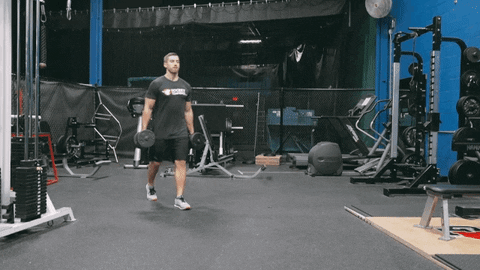
Primary Muscles: Entire forearm complex, traps, core
How to:
- Pick up heavy dumbbells or a trap bar.
- Walk slowly for a set distance or time while keeping your chest up and core tight.
Myth Busted: Farmer’s carries aren’t just for strongmen—they’re one of the best functional exercises for grip endurance and forearm thickness.
Training Tip: Focus on time under tension—don’t rush.
5. Wrist Roller
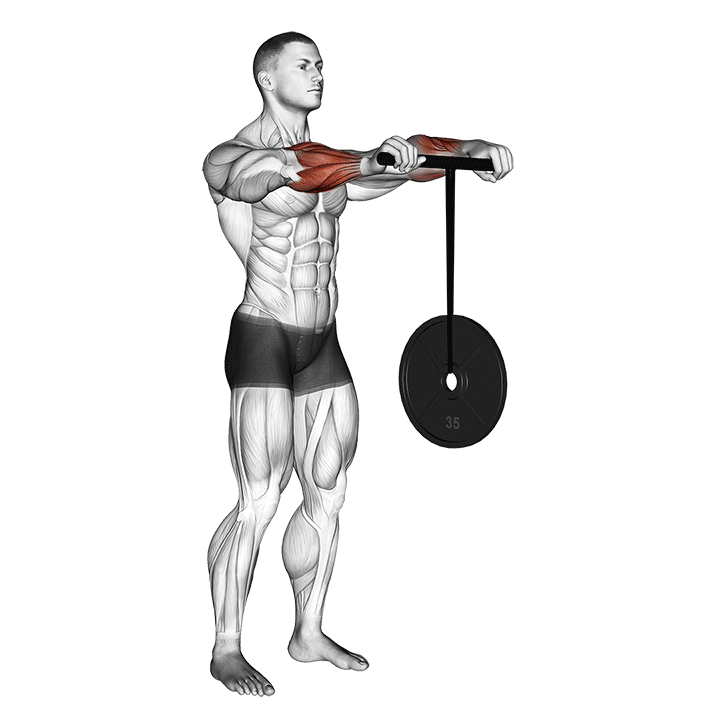
Primary Muscles: Wrist flexors and extensors
How to:
- Use a wrist roller device (a rod with a weight attached via rope).
- Roll the rope up and down using only your wrists.
Why it works: Builds controlled forearm strength and endurance with constant tension.
Pro Tip: Use lighter weights for longer durations to burn out the forearms effectively.
6. Reverse Cable Curls
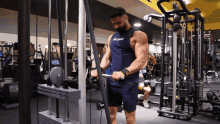
Primary Muscles: Brachioradialis, wrist extensors
How to:
- Set a cable at the low pulley.
- Use a straight or EZ-bar attachment with an overhand grip.
- Curl the bar towards your shoulders, keeping your elbows locked at your sides.
Why it works: Constant cable resistance gives a stronger pump than free weights alone.
7. Towel Pull-Ups
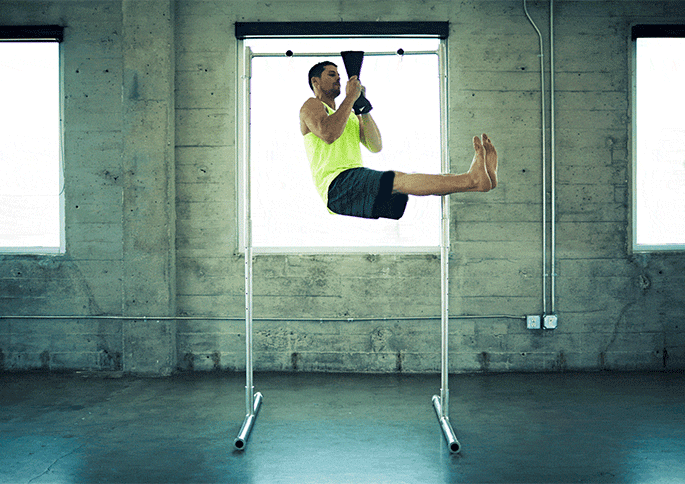
Primary Muscles: Forearms, grip, biceps
How to:
- Hang two towels over a pull-up bar.
- Grab one in each hand and perform pull-ups as usual.
Interesting Fact: Towel training mimics the demands of grappling and climbing—two sports where grip strength is king.
Training Tip: If too hard, start with static holds or hangs.
8. Trap Bar Deadlifts (with Grip Focus)
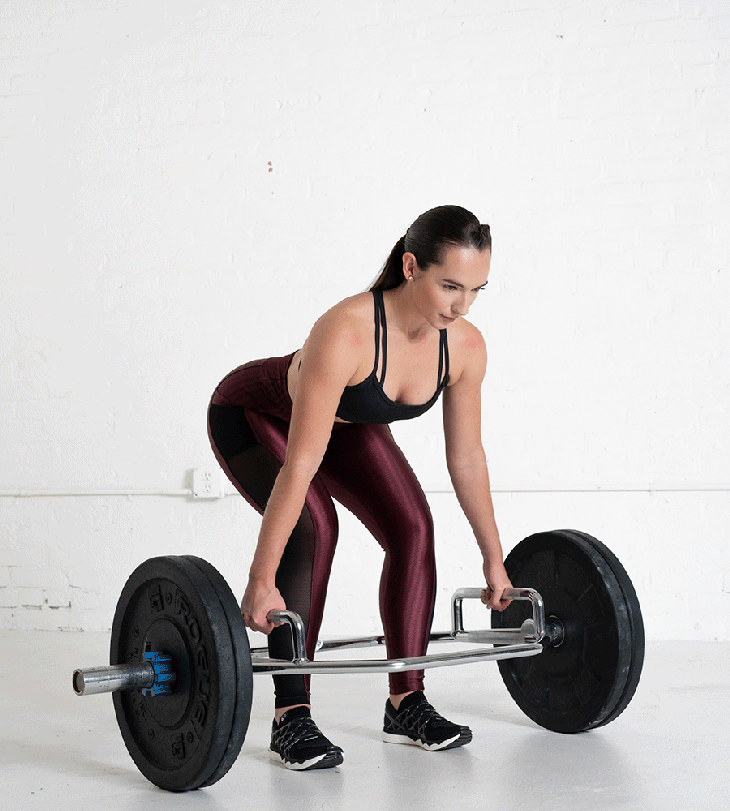
Primary Muscles: Forearms, traps, lower back, legs
How to:
- Load a trap bar, and grip the neutral handles.
- Stand up explosively while keeping a tight grip throughout.
How to Focus on Grip: Instead of straps, hold the top position for 5–10 seconds to overload the grip.
Why it works: Heavy loads plus a focus on grip time lead to fast forearm growth.
9. Plate Pinches
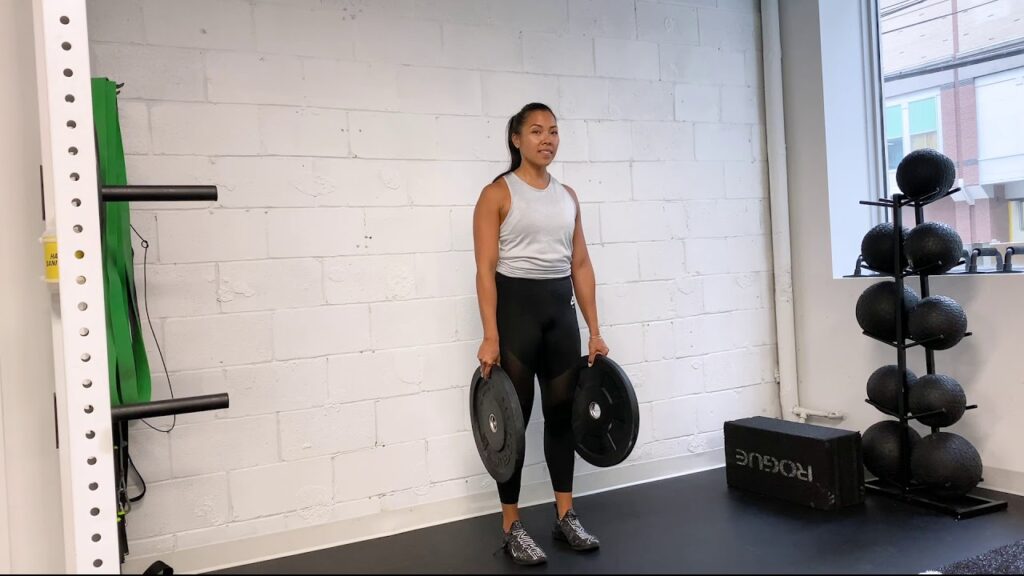
Primary Muscles: Finger flexors, wrist stabilizers
How to:
- Grab two weight plates (smooth side out) and pinch them together with your fingers.
- Hold for as long as possible.
Why it works: Plate pinches isolate finger and thumb strength—often the weakest link in grip performance.
Training Tip: Use chalk to avoid slipping, but go raw to test real grip.
10. Cable Wrist Flexion & Extension
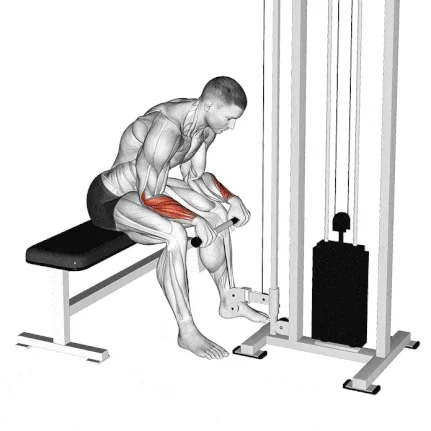
Primary Muscles: Forearm flexors and extensors
How to:
- Use a D-handle attachment at the low pulley.
- For flexion: palm faces up as you curl the wrist.
- For extension: palm faces down as you lift the back of the hand.
Why it works: Cables allow precise resistance and longer time under tension.
Pro Tip: Go slow—each rep should last at least 3–4 seconds.
Final Thoughts
Strong forearms are the foundation of a powerful upper body—and they’re also the secret weapon behind a truly commanding grip.
While many lifters chase bicep peaks and ignore the forearms, the truth is: grip strength is a better indicator of longevity, real-world function, and athletic performance than most realize.
Add these 10 exercises to your weekly routine—targeting 2–3 per session, 2–3 times a week—and you’ll not only build bigger forearms, but also improve lifts like deadlifts, pull-ups, rows, and presses.
So next time someone asks how to get a grip—send them this list.
Frequently Asked Questions (FAQs)
How often should I train my forearms for best results?
Ideally, train your forearms 2–3 times per week, allowing at least 48 hours of rest between sessions. You can include them at the end of upper body or pull-focused workouts.
Can I build big forearms without using gym gear?
Yes, bodyweight and home-based exercises like towel hangs, push-ups, and wrist squeezes can help—but gym gear allows for progressive overload, variety, and faster results.
Do forearm exercises really improve grip strength?
Absolutely. Forearm muscles are directly responsible for your grip. Exercises like farmer’s carries, wrist rollers, and plate pinches are specifically designed to strengthen grip.
What’s the best forearm exercise for beginners?
Start with hammer curls and wrist curls. They’re simple, effective, and allow you to develop foundational strength before moving on to advanced movements like towel pull-ups or wrist rollers.
Why don’t my forearms grow even though I lift weights?
Many compound lifts (like deadlifts) engage the forearms, but not enough to stimulate full growth. Direct, targeted forearm training with proper volume and consistency is essential.
How long does it take to see results in forearm size?
With consistent training and proper nutrition, you may start seeing visible changes in 4–6 weeks, though noticeable size increases can take 2–3 months depending on genetics and effort.
Should I use lifting straps or go raw to train my grip?
If your goal is grip and forearm development, train without straps as much as possible. Use them only when your grip is the limiting factor in heavy lifts.
Can overtraining forearms cause problems?
Yes. Like any muscle group, forearms need rest and recovery. Overtraining can lead to issues like tendinitis or grip fatigue, so avoid daily high-intensity forearm workouts.
Do strong forearms help with other lifts?
Definitely. Improved grip and forearm strength benefit exercises like deadlifts, pull-ups, rows, bench presses, and even curls—helping you lift more safely and effectively.
Is forearm training necessary if I’m not a bodybuilder?
Yes! Whether you’re into sports, climbing, martial arts, or general fitness, forearm strength translates to real-world performance, injury prevention, and enhanced athletic ability.



